
How to Get an FCC-ID for Wireless Products on Amazon?
The FCC (Federal Communications Commission) certification applies to all 50 states of the United States, the District of Columbia, and U.S. territories. To ensure the safety of radio frequency and wireline communication products that relate to life and property, the Office of Engineering and Technology (OET) under the FCC is responsible for providing technical support to the Commission and handling equipment authorization. Many radio applications, communication products, and digital devices must be approved by the FCC before entering the U.S. market. The FCC investigates and studies all stages of product safety to determine the best ways to address any issues. This includes testing of radio devices and aircraft equipment.
What is FCC-ID Certification?
FCC-ID is one of the mandatory FCC certification types in the U.S., specifically for wireless products with higher technical complexity. Products that transmit wireless signals—such as Bluetooth devices, WiFi equipment, wireless alarms, radio receivers and transmitters, telephones, computers, etc.—must apply for FCC-ID certification.
This certification is reviewed and approved directly by an FCC TCB (Telecommunication Certification Body). The certificate can be verified through the official FCC database. The process typically takes 3–4 weeks, does notrequire factory inspection, and remains valid indefinitely as long as the product specifications remain unchanged.
Scope of Products Requiring FCC-ID Certification
FCC-ID applies to electronic and electrical products with wireless functions, including:
1. Mobile phones
2. Bluetooth headsets and speakers
3. POS terminals
4. Remote-controlled children's toys
5. Wireless MICe and keyboards
6. And similar wireless-enabled products
FCC-ID Certification Process
Step 1: Application
Submit an application form along with product materials, including:
1. User manual
2. Schematic diagram
3. Circuit diagram
4. Block diagram
5. Operational principle and functional description
Step 2: Quotation
A quotation is provided based on the submitted materials, including the applicable test standards, timeline, and costs.
Step 3: Payment and Sample Submission
Upon confirming the quotation, the applicant pays the fULl project fee and submits test samples.
Step 4: Testing
The product undergoes testing according to FCC requirements.
Step 5: Report Completion
Once the product passes testing, the testing engineer submits the documents to the FCC's TCB body for review.
Step 6: Certification Issuance
After review, the TCB issues the FCC-ID certificate. The company may then label its product with the fcc logo and ID.
RequiRED Documents for FCC-ID Certification
1. FCC Application Form
Includes applicant's company name, address, contact information, product name and model, applicable standards, etc.
2. FCC Authorization Letter
Must be signed and stamped by the applicant and submitted as a scanned electronic file.
3. FCC Confidentiality Letter
A confidentiality agreement between the applicant and the TCB to protect product information, also signed and stamped.
4. Block Diagram
Must clearly show all crystal oscillators and their frequencies, consistent with the circuit diagram.
5. Circuit Diagram
Must match the block diagram in terms of oscillator frequency, quantity, and locations.
6. Operational Description
A technical description in English explaining the product’s functions and principles.
7. User Manual
Must include FCC warning statements.
8. Label and Label Location
The label must display the fcc id and a compliance statement, and be prominently placed.
9. Internal and External Photos of the Product
Clear, detailed photos, with annotations if necessary.
10. Test Report
A complete evaluation report based on applicable fcc standards.
FCC-ID Test Standards
1. FCC CFR 47 Part 15C (15.247)
For 2.4GHz products with Bluetooth and WiFi capabilities.
2. FCC CFR 47 Part 15C (15.249)
For other 2.4GHz products without Bluetooth/WiFi, such as wireless mice and keyboards.
3. FCC CFR 47 Part 22 Subpart H and Part 24 Subpart E, SAR Standard DET 65
For specific mobile communication devices.
Email:hello@jjrlab.com
Write your message here and send it to us
 METI and PSE Certification for Japanese Electrical
METI and PSE Certification for Japanese Electrical
 Electric Frying Pan CE Certificatio
Electric Frying Pan CE Certificatio
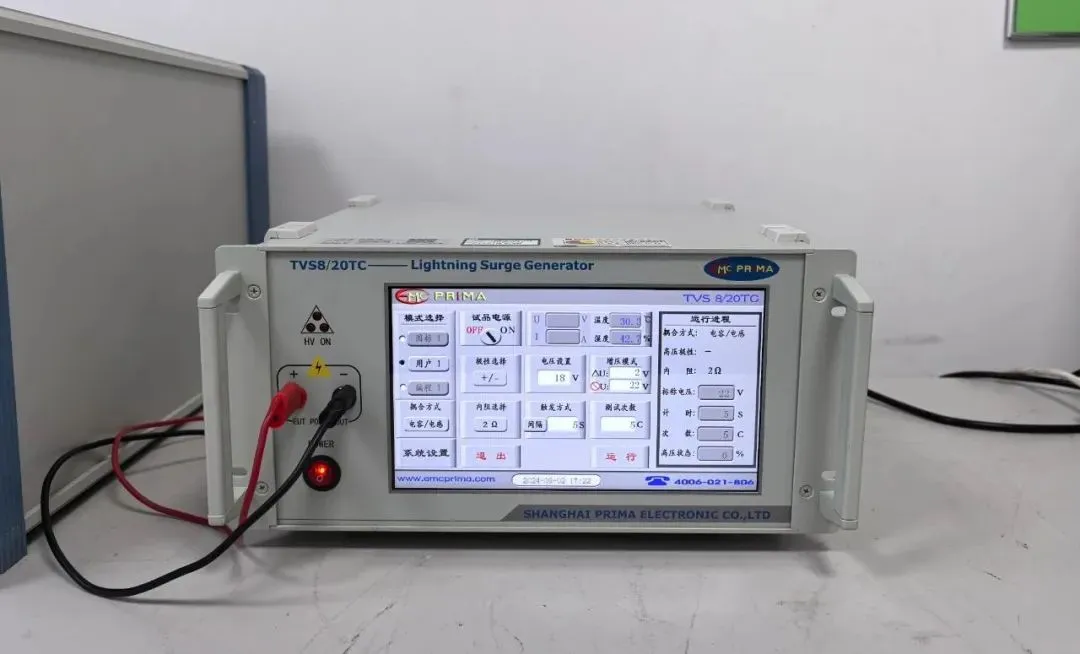 Electronic Products EMC ESD Test
Electronic Products EMC ESD Test
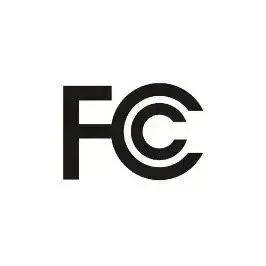 Bluetooth/WiFi Product FCC ID Certification Proces
Bluetooth/WiFi Product FCC ID Certification Proces
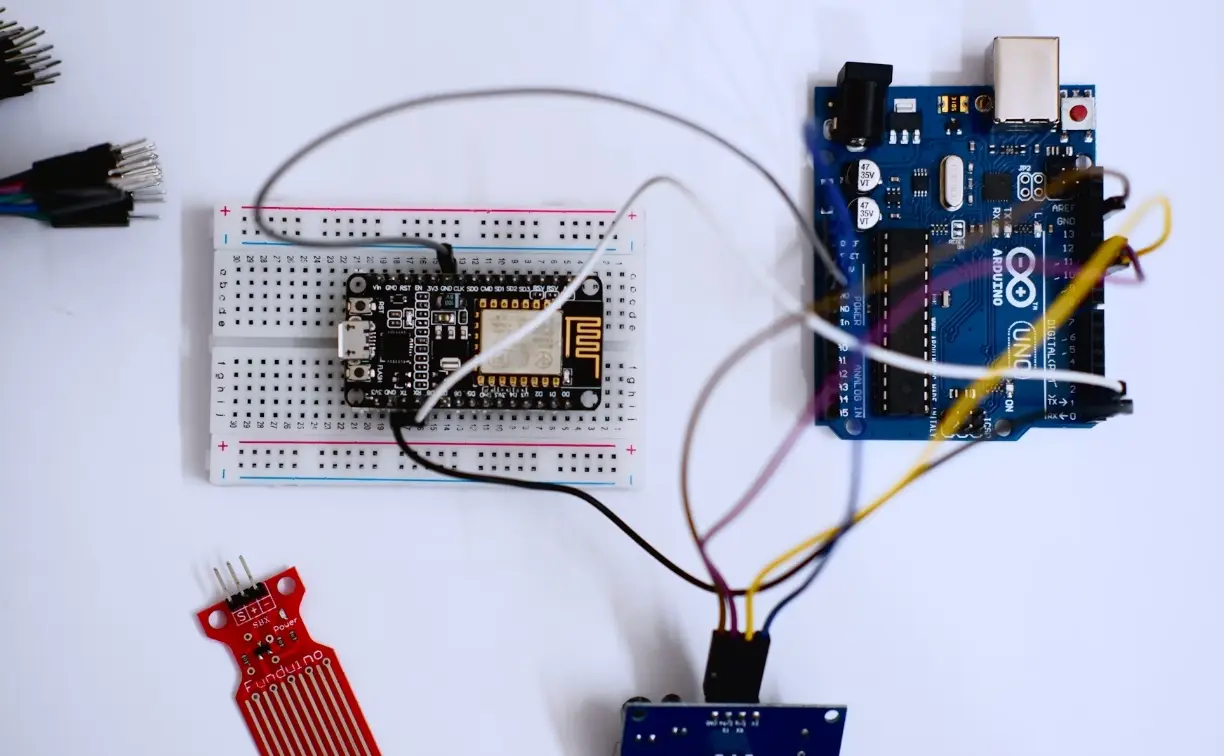 How to Know If My Product Needs Prop 65 Warning
How to Know If My Product Needs Prop 65 Warning
 SVHC Compliance Services
SVHC Compliance Services
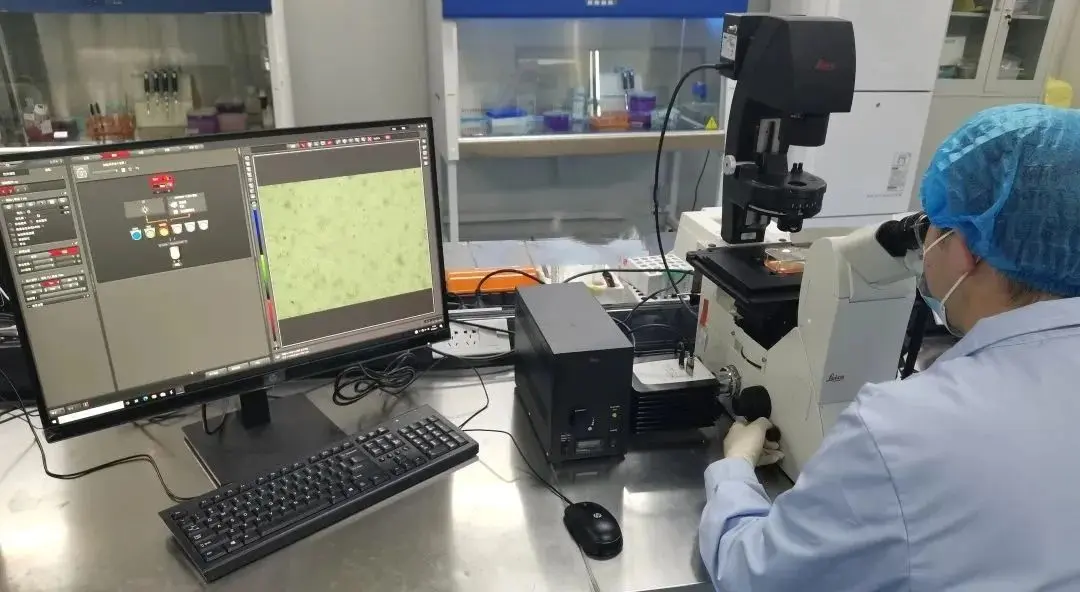 Toxicological Risk Assessments
Toxicological Risk Assessments
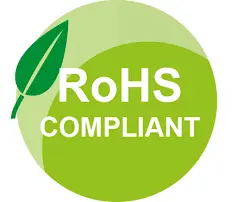 European REACH Requirements for a New Product
European REACH Requirements for a New Product
Leave us a message
24-hour online customer service at any time to respond, so that you worry!




